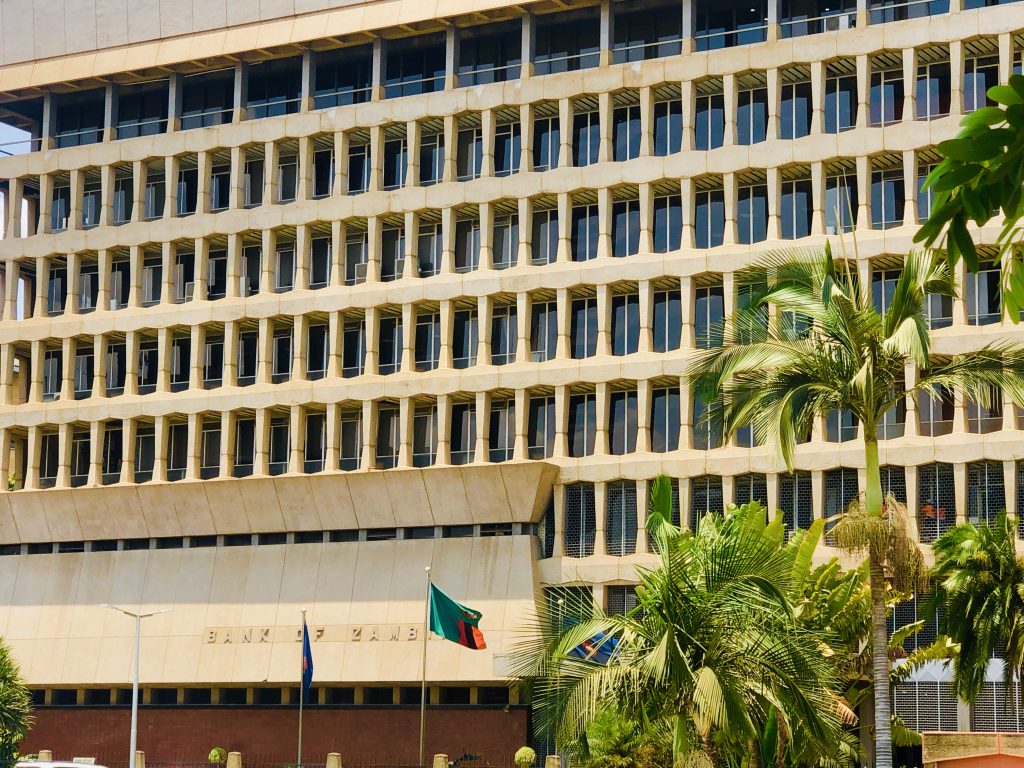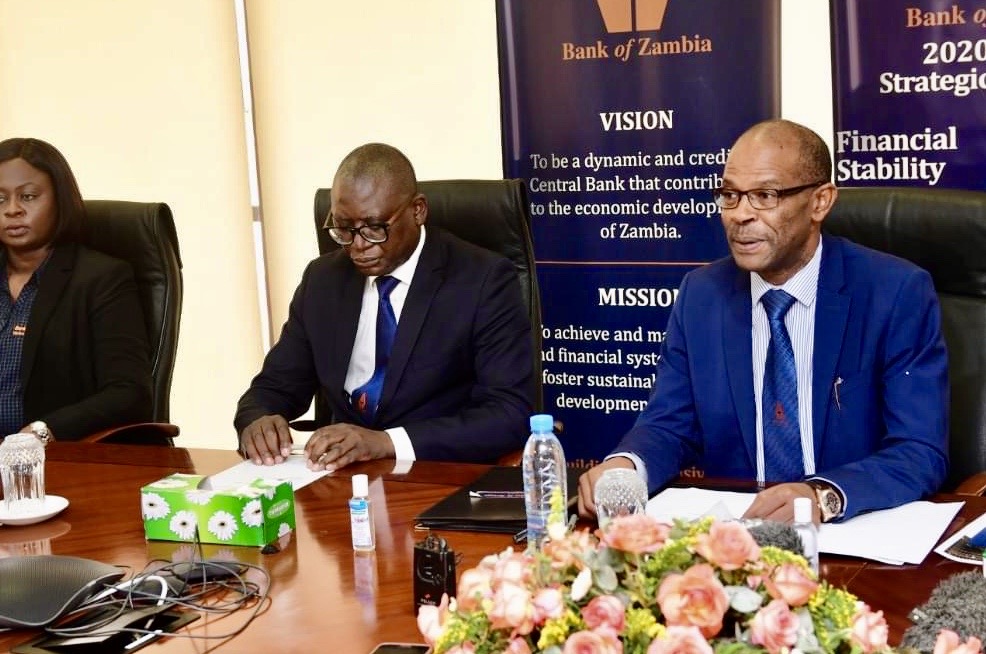With the advent of COVID19, central banks globally continue to play a key role in ensuring an optimal balance between both price and financial sector stability. This well aligns with the dual mandate they have. More has been expected from central banks especially with aiding absorption of disease pandemic induced credit risks and provision of the required liquidity to support businesses in growth suppressed environments. Notwithstanding the fact that COVID19, has accelerated deterioration of nations fiscal posture through worsening already existing economic feebleness, financial markets have continued to reflect fiscal fragilities through currency routs, interest rate volatility and rising non performing loans due to elevated credit risks.
Key central banks such as the Federal Reserve Bank of the United States (US Fed), Bank of England (BOE), Peoples Bank of China (PBOC) and the European Central Bank (ECB) have been actively engaged in quantitative easing, bond buyback programs, expansionary monetary policy and above all easing of capital requirements to ease credit risk pressures for financial institutions.

Never in the history of the world has the relationship between the fiscals and the monetary side been so intimate even against all odds to help claw back eroded growth. It can be argued that the largest driver of the dislocation between monetary and fiscal policy is attributed to political decisions made by world leaders which top central bankers blatantly argued that it actually makes no economic sense to use monetary tools to try an clean up. Political leaders have been blamed for excessive spending programs for infrastructure development that mark the genesis of debt accumulation reflecting in the money and currency markets.

For Africa’s second largest copper hotspot, the Bank of Zambia (BOZ) has been receptive to disease pandemic embarking on an expansionary monetary policy path through a 350basis point (bps) cumulative cut in the benchmark interest rate to 8%, the lowest since the MPR started being tracked in 2012. Additionally, the central bank has been actively involved in open market operations (OMO) injecting liquidity to keep the markets funds awash to help absorb disease pandemic related credit risks. In response to COVID effects on the business ecosystem, the BOZ were swift agile enough to ease credit requirements for banks and to relax other capital prescriptions such as implementation of IFRS9 day one provision to keep the Zambian banking system healthy. This provisioning deadline was pushed to end of 2022.
ALIGNMENT THE BOZ ACT NEEDS EXPLAINED
The current legislative framework governing central banking in Zambia is overdue for an update if the copper producer is to keep up with changing trends benchmarked against its global and regional peers. The BOZ took strides to adopt the monetary policy rate methodology in 2012 graduating from a fragmented base rate system which created sanity in loan pricing across the industry. As a consequence, the monetary policy committee (MPC) deliberates on a quarterly basis to deliberate and decide on the ruling monetary stance for the three months ahead. However this requires a bit more transparency with the public and market players. It is not enough for the governor to read a communique of the deliberations but in line with international best practice should have minutes of the rate decision meeting shared with the general public to accord them an opportunity to understand the rationale of each voter on the committee. Key global central banks such as the US Fed share minutes a fortnight exactly after the Federal Open Market Committee (FOMC) sessions while the Bank of England (BOE) shares minutes eight times a year on Thursdays. These minutes allow market players to understand the direction that central banks would be hinting for future MPCs.
However to get to this point, the BOZ Act needs to be updated accordingly to include these provisions. Other prescriptions the legislative framework should address is guiding a more private sector reflective composition on the monetary policy committee especially in times as these, when private sector resilience is critical for economic recovery. A well balanced composition of the committee and transparent selection criteria will support the MPR determination to assist it play the role it should given that currently, the transmission mechanism is only as effective as impacting already existing credit yet does not benefit term funding which still prices off the yield curve. Suffice to say the MPR remains a weak statistic for pricing credit as the market still relies of treasury and bond yields for term funding i.e. 5 year loans will price off the 5 year bond yield irrespective of what the policy rate is pegged at.
CENTRAL BANK DUAL MANDATE PROPOSALS
The dual mandate of every central bank across the world is price and financial sector stability. Zambia’s central bank Act does address this in part from a pronouncement perspective yet operationalization still remains a key challenge. In line with international best practice, price stability (PS) is just as important as financial sector stability (FSS) and as such requires the same level of attention that the monetary policy committee gives price stability with detailed quarterly updates. The same should be ideally expected from the financial sector stability side of the central banking mandate. In COVID times, it is about a dry point of construction that banking continues to experience unique strains as evidenced by M&A transactions of mergers or amalgamation nature or calls for additional capitalization or the ongoing strategic re-organizations to manage elevating cost structures which the Zambian market is experiencing. Having a financial stability committee (FSC) will be just as important as having a monetary policy committee (MPC) which will ensure that macro prudential policy is addressed with wider depth. Effective implementation of an FSC leg will accelerate the effective implementation of many central bank initiatives that were pronounced in the past but have to date not been implemented. Benefits of the FSC will allow for more resolute industry stress testing with results to be made public as its peers do and many other prescriptions such as capital interventions such as counter cyclical buffers or dynamic provisions to mention but a few.
CENTRAL BANK DUAL MANDATE TO REFLECT AT LEADERSHIP LEVEL
Effective implementation of the central bank’s dual mandate will be highly dependent on the leadership architecture. Key central banks that peer the BOZ namely Bank of Kenya (BOK), Reserve Bank of South Africa (SARB), Central Bank of Egypt (CBE), Bank of England (BOE) all have leadership below the governor that drives monetary policy and financial sector stability respectively. Others have an additional faculty in charge of prudential regulation. In this vain, the updated Act should prescribe for leadership reorganisation at deputy governor level to reflect this mandate. The current leadership provides for two deputy governors at operations and administration level respectively which arguably could be said to be overworking the operations leg as it is responsible for both mandate (PS and FSS) while administration can be redirected independently or could cut across the dual mandate pillars. Having increased focus on financial sector stability will improve oversight over macro prudential policy management with quarterly policy statements (the same way monetary policy analysis is managed) and more thorough supervisory monitoring of the banking and non bank financial sector.
The highlighted areas are potential opportunity segments that the new central bank governor could review to ensure that the dual mandate of the BOZ is effectively rearranged to support a stronger and more resilient banking sector.
The Kwacha Arbitrageur.

